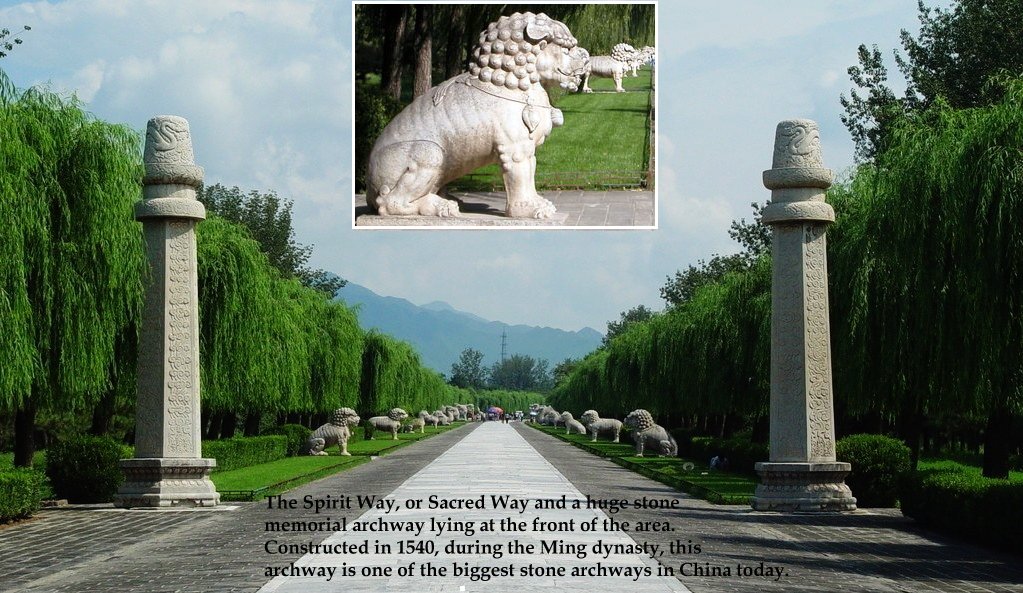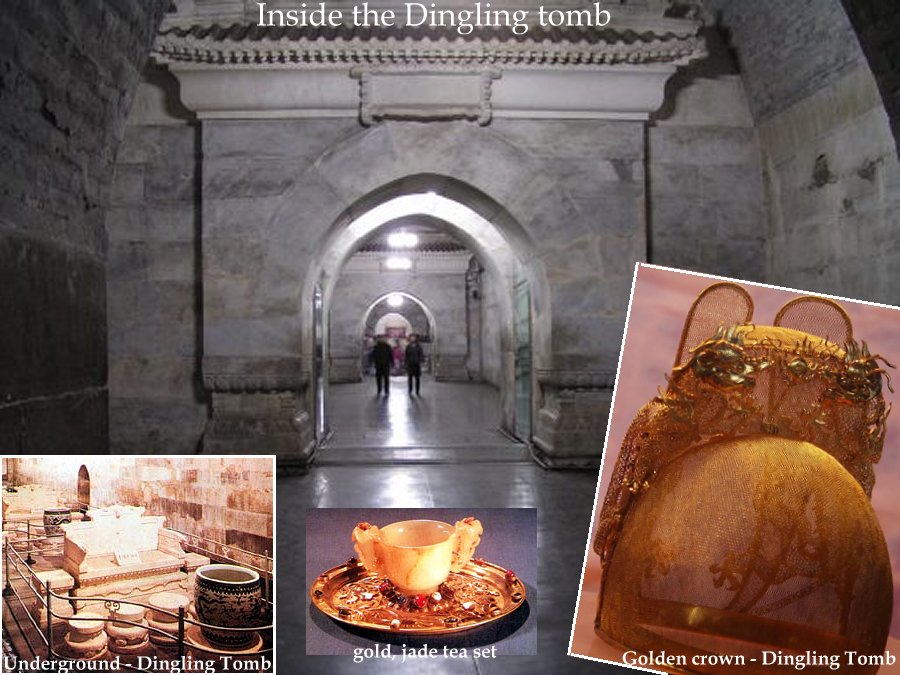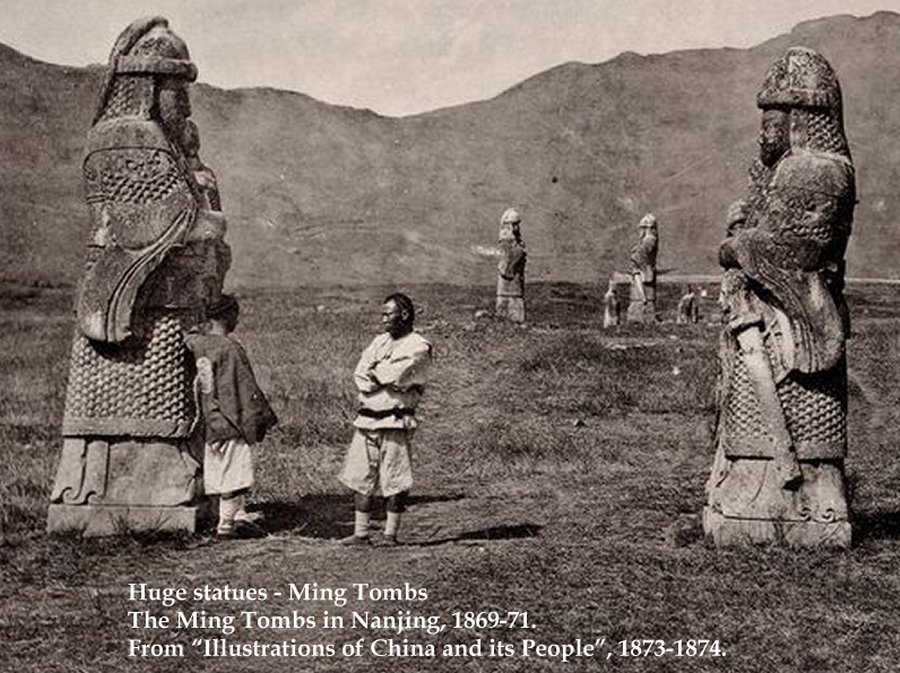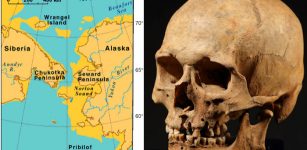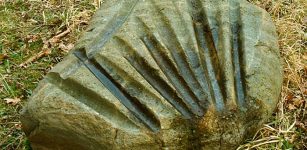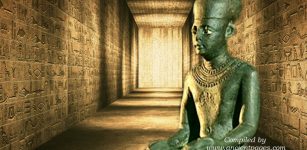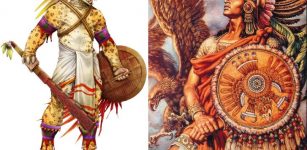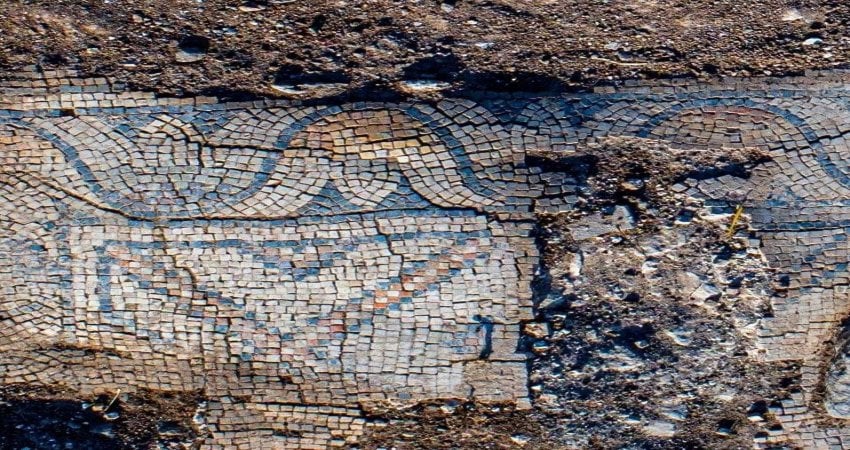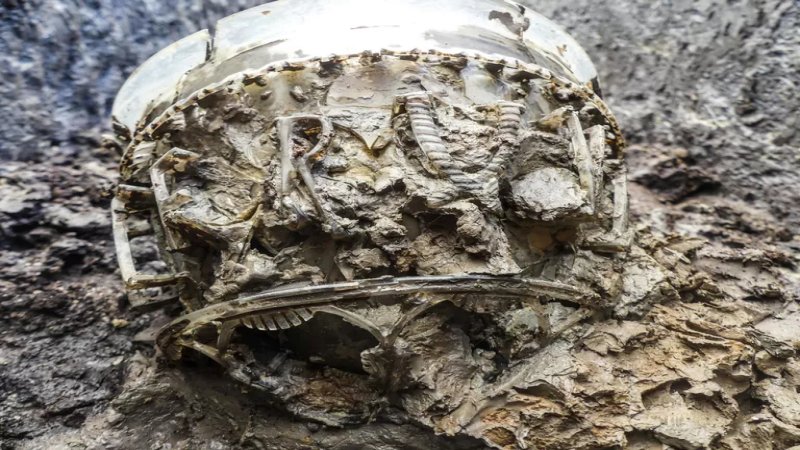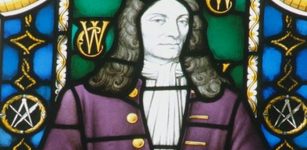Amazing Thirteen Ming Tombs: Gigantic Stone Animals And Human Figures Were Symbols Of Royal Power
MessageToEagle.com – The Ming Tombs (“Ming Thirteen Mausoleums”) are a collection of imperial tombs of the Ming Dynasty scattered over an area of forty square kilometers in Changping District to the northwest of Beijing.
They were built by the emperors of the Ming dynasty of China, all members of one family.
Of the sixteen emperors of China’s Ming Dynasty (AD 1368-1644), only three were not buried with the rest (two were buried elsewhere, while the other remains unaccounted for).
The remaining thirteen were built according to ‘feng shui’ (closely related to Taoism), a Chinese philosophical system of harmonizing everyone with the surrounding environment.
The first Ming emperor’s tomb was built in 1409, and the last one in 1644 and it took more than two hundred years to build this necropolis.
It seems that the tombs were arranged at random, but in fact, each emperor’s tomb has location meticulously chosen with the precision and strategy; all this was done within 120 kilometers of fascinating landscape.
All halls in the Ming tombs were built with nanmu, a special kind of wood (the so-called imperial timber) used frequently in China. In the Ming Dynasty, special groups were sent to dangerous, uninhabited regions of the south of China, to collect nanmu.
Another special building material were bricks; each brick with imprinted word “longevity” weighted about 25 kilograms. It is said that one million bricks were required each year, each of good quality, solid and smooth and emitting a clear tone when struck. The names of brick manufacturers and officials put in charge were printed on every brick for later check.
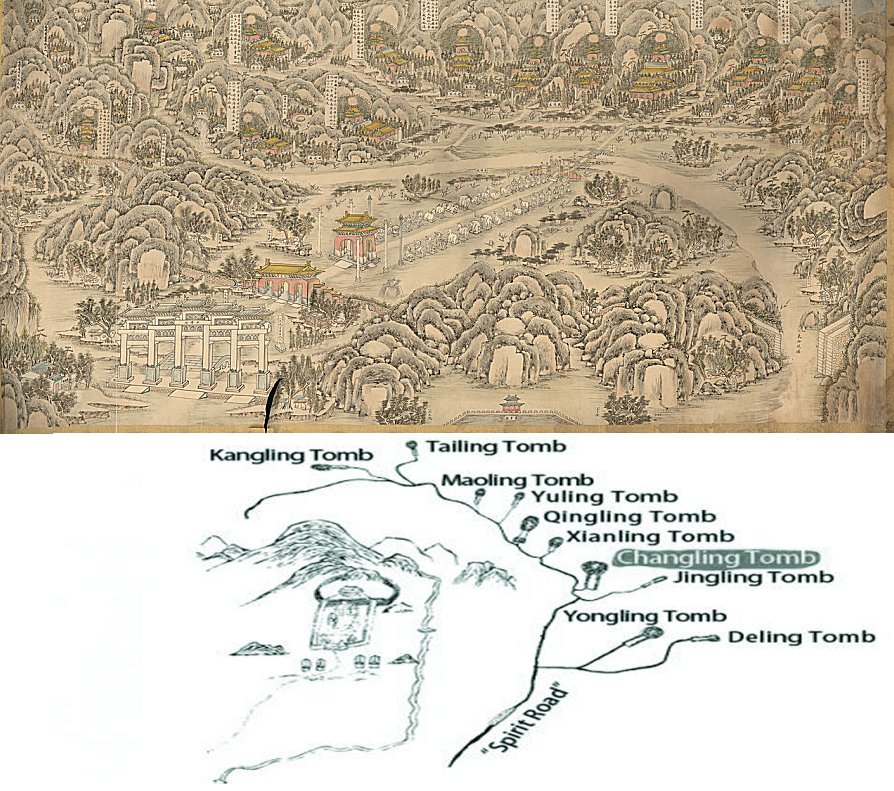
The entire very impressive necropolis is located at the foot of the Tianshou Mountains, but the name ‘Tianshou’ (heavenly longevity). The mountains’ earlier, simple name was Huangtu (yellow earth).
See also:
Mysterious History Of Qin Shi Huang – First Emperor Of China
Spectacular Fengdu Ghost City Devoted To Afterlife
Nine-Headed Bird: Mythical Creature Worshiped In Ancient China
Well-Known Powerful Yin Yang Symbol Dates Back To Ancient China
The first emperor to be buried in this necropolis was Yongle who died in 1424. His tomb, ‘Chang Ling’, and that of Emperor Zhu Yijun, ‘Ding Ling’, who died in 1620. Today only three tombs are visited by tourists.
Yongle was important in Chinese history; he moved the capital from Nanjing to Beijing after its reconstruction. Yongle’s tomb gave inspirations to the building of other tombs. The Emperor and Empress were buried, as was the Chinese tradition, under a large mound in underground vaults. Imperial tombs were tightly sealed because emperors feared grave robbers.
One of the more impressive sights at the Ming Tombs is the Sacred Way (or Road), about 7 kilometer long and flanked on both sides by carvings of human and animal figures. There are 12 large stone human figures and 24 of animals, all carved from a single blocks of granite in 1435.
Very interesting was the practice of placing stone animals and human figures in front of imperial tombs can be traced back at least to the Qin Dynasty (221-206 BC.) some two thousand years ago as each dynasty has followed this custom: However, both numbers of figures and animals varied much depending on dynasty.
In the Qing Dynasty, such stone animals as qilin, pixie (exotic animal with horns), elephants and horses were placed in front of the tombs. In the Tang Dynasty (618-907 CE), lions, horses, oxen, black birds and stone figures of civil officials and warriors were favored. In the Northern Song Dynasty (960–1279), stone animals –such as elephants, horses, sheep, tigers, lions, black birds, and stone figures of civil officials and military officials also were lined in front of imperial tombs.
Presently, the Ming Tombs are designated as one of the components of the World Heritage Site, the Imperial Tombs of the Ming and Qing Dynasties.
Copyright © MessageToEagle.com All rights reserved. This material may not be published, broadcast, rewritten or redistributed in whole or part without the express written permission of MessageToEagle.com
Expand for references

